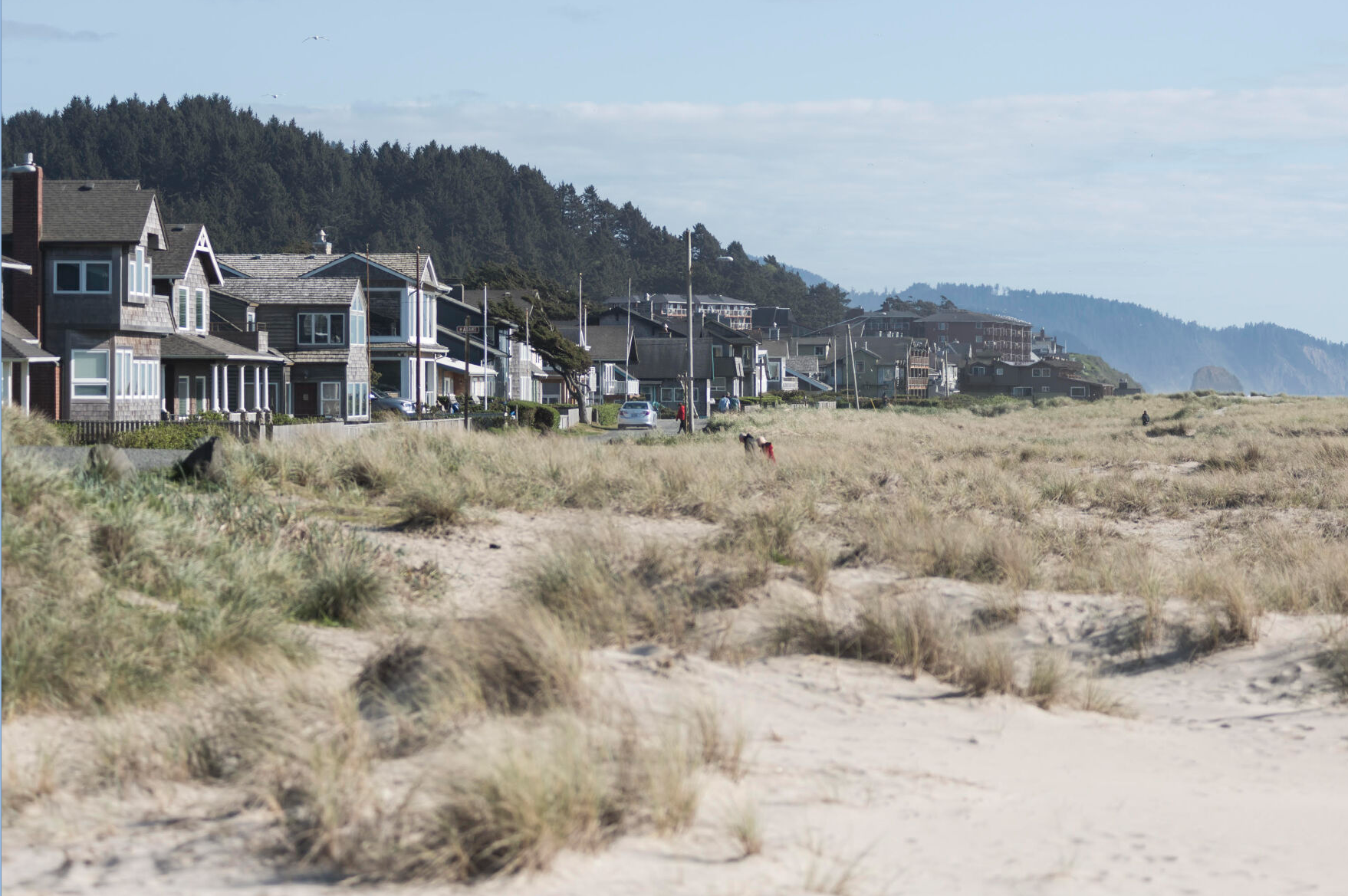Advice offered after bear encounter on Tillamook Head
Published 5:00 pm Wednesday, September 18, 2002
SEASIDE – The encounter occurred on the north side of Tillamook Head, at a curved section of trail little more than a 20 minute hike from the parking lot.
Trending
“I heard the brush thunder, and then it stopped,” Seaside resident Don Seybold said. “I stepped off the trail because I thought it was a bicyclist.
“As I stepped off, I probably spooked it … I saw this dark shape on the trail.”
Only as it moved again did the realization of what he was seeing register in his brain: a bear. A big, black bear.
Trending
“It crossed in front of me and went pounding off into the trees,” Seybold said. He had seen it from behind, moving with startling speed along the trail before descending.
When sounds of it moving through the forest abruptly stopped, Seybold wondered where it would be when he returned to his vehicle at the head of the hiking trail. In his understandably heightened state of alertness, even the sounds of a squirrel fired his sense of alarm.
Like many frequent hikers of the trail, Seybold, 29, had never encountered a bear outside of a zoo until the hike on Tillamook Head last week. But the thought had crossed his mind recently, when dogs suddenly rounded a bend on the trail, and others have mentioned seeing bears in the area, he said.
“Your brain tells you there’s no danger, ‘this bear is not going to come up and eat me because I’m not a big berry,'” Seybold said. But he realized that had his encounter for some reason been confrontational, he was fairly certain that he would not be able to “play dead,” and “climbing a tree would not work.”
The Oregon Department of Fish and Wildlife has not fielded any black bear reports within the cities of Seaside, Cannon Beach or Gearhart this summer, said Herman Biederbeck, a wildlife biologist for the ODFW North Coast office based in Tillamook.
However, a bear sighting in the vicinity “is not necessarily that unusual,” he said. “Right now, bear are gorging themselves with berries in preparation for hibernation.”
State police sometimes assist wildlife officials in responding to reports of bear sightings, particularly if encounters with people intensify, Biederbeck said. But it is too early to determine the level of impact of recently announced budget cuts to state police.
In any event, Biederbeck said the Oregon Department of Fish and Wildlife does track information about bears. He also cited a four-page ODFW brochure about black bears called, “Living with Wildlife” which includes precautions, suggestions and other information.
Among its points:
The common name for Ursus americanus is “American black bear,” but they may be honey-colored, blond, brown or black. Adult males average 275 pounds while adult females may average 175 pounds. They measure about 3 feet high when on all four feet or about 5 feet tall when upright.
Black bears are agile, can run in bursts up to 35 mph and can run up or down hills easily.
The current statewide population is estimated at 25,000.
The best way to prevent bears from becoming a nuisance on property is to keep them from being habituated to humans – and that includes responsibly handling food and garbage that can attract them.
Bears generally are not dangerous to people, but they may forage in trash containers or eat pet food, and occasionally prey on domestic animals such as sheep, goats and cattle. If people feed bears, the animals may become aggressive and dangerous, according to wildlife officials.
There are no definite rules about what people should do if they meet a bear, and every situation is different in terms of the bear, the terrain, the people and their activity.
“In almost all cases, the bear will detect you first and leave the area,” according to state wildlife officials. “Bear attacks are rare compared to the number of close encounters.”
Regarding encounters, the ODFW offers the following suggestions and information:
Stay calm. If you see a bear and it hasn’t seen you, leave the area. As you move away, speak softly to let the bear discover your presence.
Stop. Back away slowly while facing the bear. Avoid direct eye contact, which bears may perceive as a threat. Give the bear plenty of room to escape. Wild bears rarely attack people unless they feel threatened or provoked.
If on a trail, step off the trail in the downhill side and slowly leave the area. Don’t run or make any sudden movements. Running is likely to prompt the bear to give chase and you can’t outrun a bear.
Speak softly. This may reassure the bear that no harm is meant to it. Try not to show fear.
Coming between a female and her cubs is dangerous. If a cub is nearby, try to move away from it. Be alert – other cubs may be in the area.
Bears use all of their senses to try to identify what you are. Their eyesight is good and their sense of smell is acute. If a bear stands upright or moves closer, it may be trying to detect smells in the air. This is not a sign of aggression. Once it identifies you, it may try to leave the area or to intimidate you by charging within a few feet before it withdraws. If you have a backpack, slowly place it on the ground and then slowly back away. The bear is likely to go for the pack instead of you.
In the unlikely event you are attacked by a black bear, fight back. Black bears have been driven away when people have fought back with rocks, sticks, binoculars or even their bare hands.
Another general piece of advice is offered by wildlife officials:
“Treat and respect bears for the wild animals they are.”
Sightings may be reported to the ODFW at (503) 842-2741.









